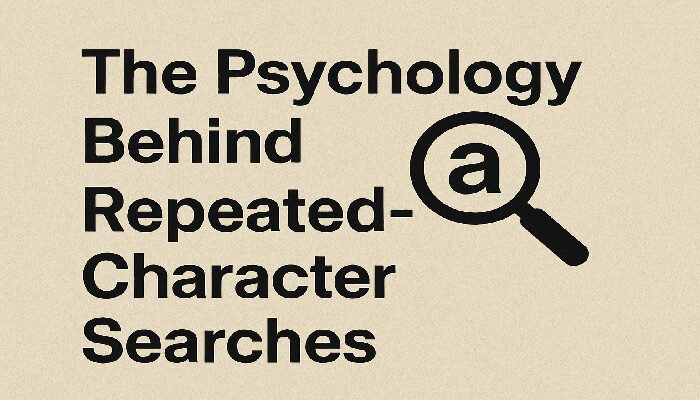Python Libraries:
Python libraries assume a fundamental part in creating AI, Data Science, web development, picture and information control applications, and that’s just the beginning.
Let us learn about the python programming language afterward, straightforwardly plunging into the most mainstream Python libraries.
The likelihood that you probably knew about ‘Python’ is altogether. Coming to a bit of history, Guido Van Rossum developed the python language in the year 1991.
Python is a general-purpose programming language. Python is easy to learn. Python has Built-in libraries that you may include in your project/programs.
What is a Library?
A library is an assortment of pre-joined codes that can be utilized iteratively to diminish the time needed to code. They are especially helpful for getting to the pre-composed as often as possible utilized codes, rather than keeping in touch with them without any preparation each and every time. Like the actual libraries, these are an assortment of reusable assets, which implies each library has a root source. This is the establishment behind the various open-source libraries accessible in Python.
There are over 137,000 python libraries.
Some of the libraries are:
TensorFlow:
TensorFlow is a free and open-source software library for machine learning, using data flow graphs to build models.TensorFlowlibrary is used for Classification, Understanding, Discovering, Prediction and Creation. It is created and released by Google. TensorFlow is a representative numerical library dependent on dataflow and differentiable programming.
OpenCV:
One of the most popular python libraries is OpenCV. It is open-source and used for computer vision. It mainly focuses on image processing, video capture, and analysis like face detection and object detection.
PyTorch:
PyTorch is an open-source machine learning library used for applications such as computer vision and natural language processing. PyTorch is developed by Facebook’s AI Research lab.
Pandas:
Pandas also an open-source and most popular python library used for data analysis. Pandas stand for “python data analysis “.
Pandas work with datasets. Using pandas, we can analyze, clean, exploring and manipulating the data.
We can import panda’s library like
Import pandas as PD
Matplotlib:
Matplotlib was created by John D. Hunter. Matplotlibis an open-source python library that means it is free of cost.
Matplotlib is mostly written in python, a few segments are written in C, Objective-C and JavaScript for Platform compatibility
NumPy:
Numpy is a python library used to work with multi-dimensional arrays. Numpy stands for numerical python and was created in 2005 by Travis dolphins.
NumPy clusters are put away at one constant spot in memory dissimilar to records, so cycles can get to and control them effectively.
NLTK:
NLTK stands for Natural language toolkit in python libraries. NLTP used mostly in deep learning techniques requires python 3.5 and higher versions. It contains the most powerful NLP libraries, which contain packages to make machines understand human language and reply to it with an appropriate response.
KERAS:
Keras is an easy-to-use, powerful, open-source python library. Keras used in deep learning neural networks. Keras acts as an interface for the TensorFlow library. Keras is an API intended for individuals, not machines. Keras follows best practices for diminishing intellectual burden: it offers predictable and basic APIs, it limits the number of client activities needed for regular use cases, and it gives clear and significant criticism upon client blunder.
Seaborn:
Seabornis used for statistical and data visualization in python. Seaborn library is used to make attractive and informative graphics in python. Seaborn aims to make visualization a central part of exploring and understanding data.
BeautifulSoup:
The python library used for web scraping. Web Scraping means you can extract data from web pages (HTML/XML). It works with your number one parser to give colloquial methods of exploring, looking, and altering the parse tree. It regularly saves software engineers hours or long stretches of work.
FastText:
Fast text is a lightweight, open-source python library. It is used for efficient learning of word representations and text classifications .fasttext is created by Facebook’s AI lab. It uses neural networks for word embedding.
Theano:
Theano is one of the python libraries that use to evaluate mathematical expressions involving multi-dimensional arrays. Theano has tight integration with NumPy.it involves large-scale computational scientific research.
Scikit-Learn:
Scikit-learn library is used for machine learning. This sci-kit-learn library contains a lot of tools for machine learning and statistical modeling. It includes classification, clustering, and dimensionality reduction.
Lasagne:
Lasagne is one of the deep learning python libraries. It is a lightweight library to build and train neural networks in Theano.
NeuroLab:
It is a neural network python library. It is a simple and powerful library. neuro lab library is based on the package number.
Tesseract:
Tesseract is an open-source text recognition engine.it is developed by Hewlett Packard lab. tesseract is based on computer vision algorithms. It returns the result as plain text or in a PDF. tesseracts can’t read PDF files. It converts those into images and uses OCR to extract text from those images.
Python has so many other libraries that can be used in machine learning, AI, and deep learning.







